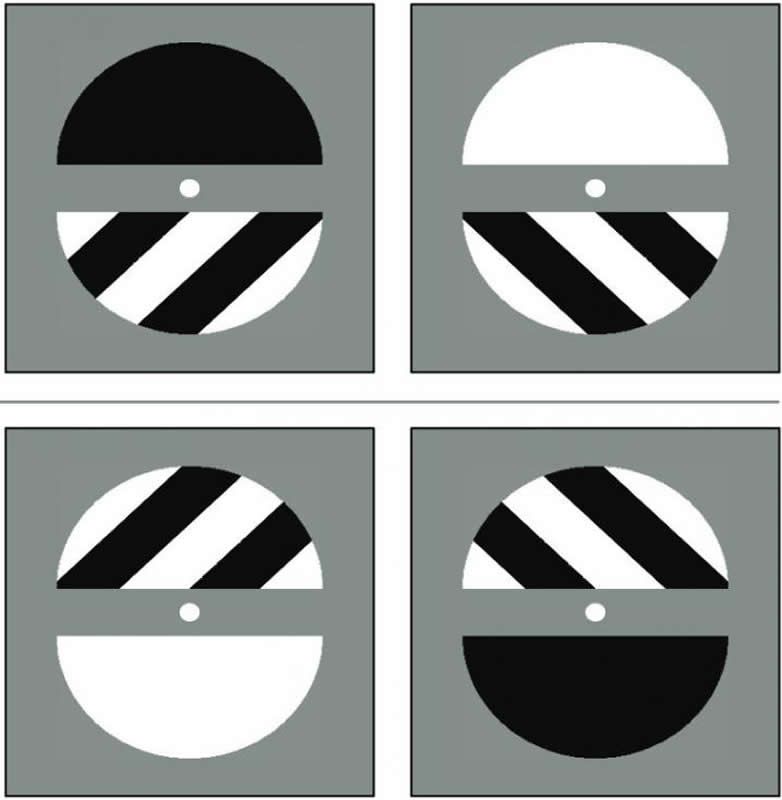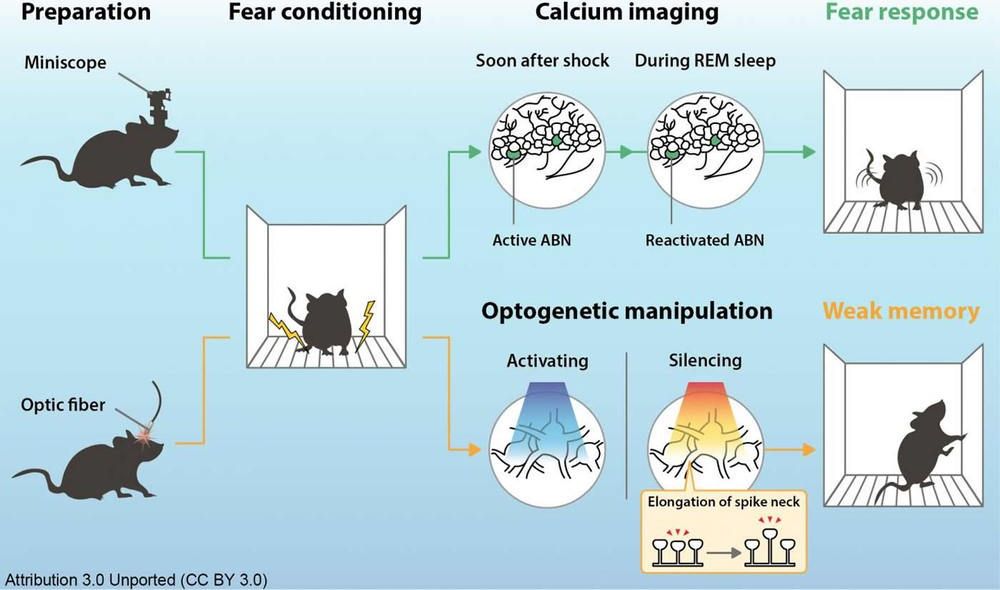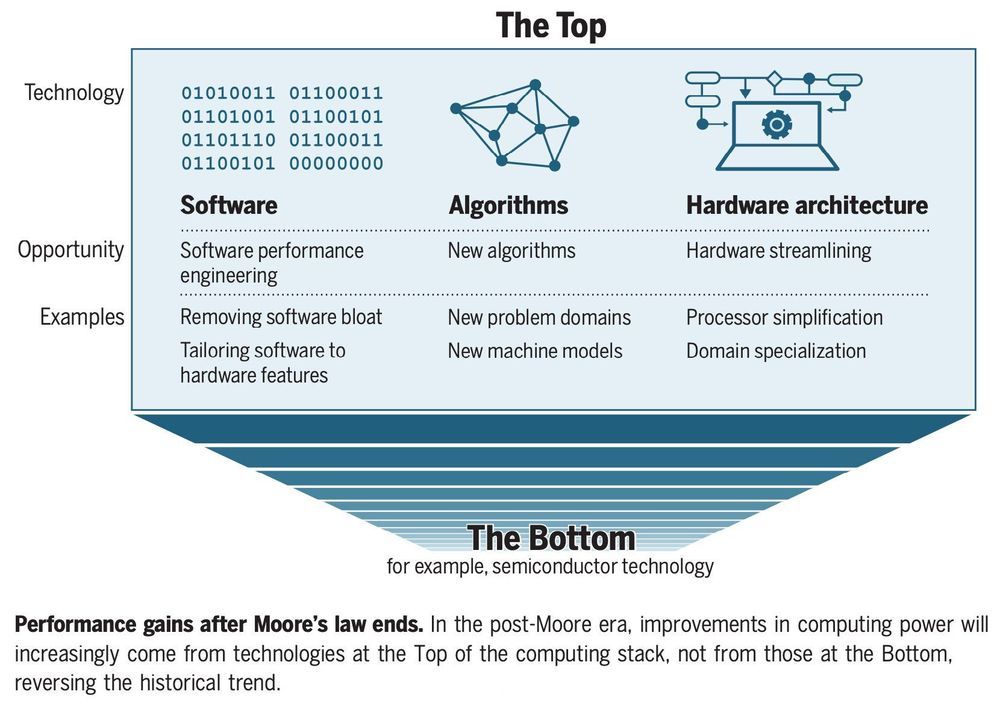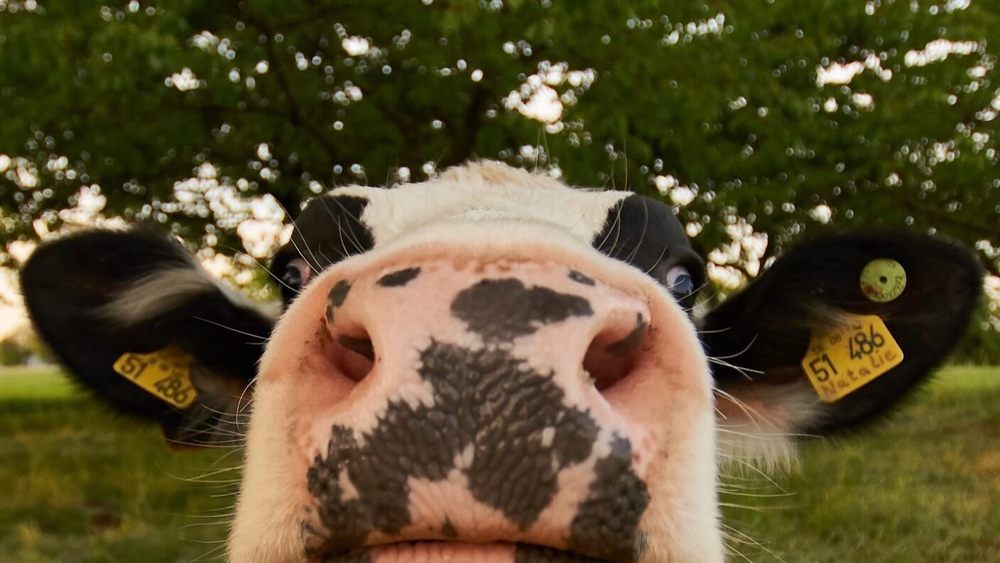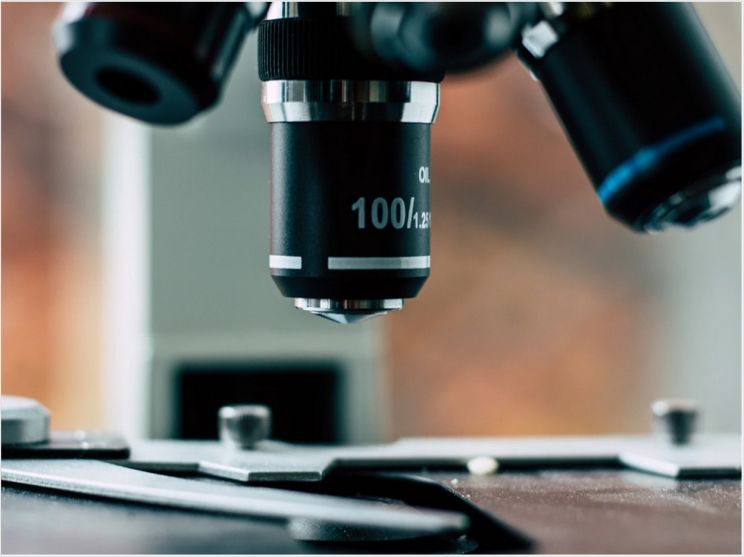Amateur astronauts, private space stations, flying factories, out-of-this-world movie sets — this is the future the space agency is striving to shape as it eases out of low-Earth orbit and aims for the moon and Mars.
It doesn’t quite reach the fantasized heights of George Jetson and Iron Man, but still promises plenty of thrills.
“I’m still waiting for my personal jetpack. But the future is incredibly exciting,” NASA astronaut Kjell Lindgren said the day before SpaceX’s historic liftoff.


